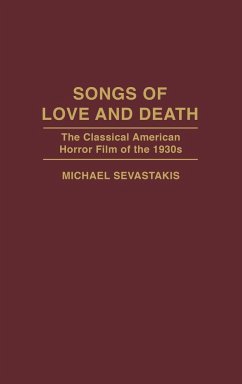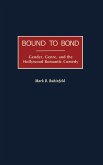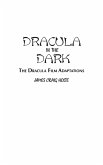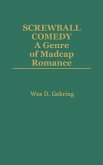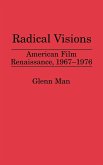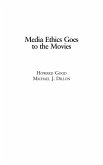This book examines eleven horror films in-depth and their relationships to Romantic Gothic literary conventions--mainly, but not solely, found in works dating from the eighteenth and nineteenth centuries. To illustrate the use of these conventions in film, Michael Sevastakis analyzes shots from scenes and sequences of all films discussed. Due to the large quantity of horror films produced during this period, the films in this book have been selected on the basis of their supernatural and preternatural content, and upon four conventions predicated on fictional literary models dealing with the villain-hero as Necrophile, Modern Prometheus, Symbol of Destiny, and Tormented Hero. These four sections comprise eleven chapters; in addition, there is an introduction and conclusion. Some of the movies that are discussed include Tod Browning's Dracula (1931), and Devil Doll (1936), Karl Freund's The Mummy (1932), and Mad Love (1935), James Whale's Frankenstein (1931), and The Invisible Man (1933),Erle Kenton's Island of Lost Souls (1933), Ruben Mamoulian's Dr. Jekyll and Mr. Hyde (1932), abd Lambert Hillyer's Dracula's Daughter (1936).
Hinweis: Dieser Artikel kann nur an eine deutsche Lieferadresse ausgeliefert werden.
Hinweis: Dieser Artikel kann nur an eine deutsche Lieferadresse ausgeliefert werden.

